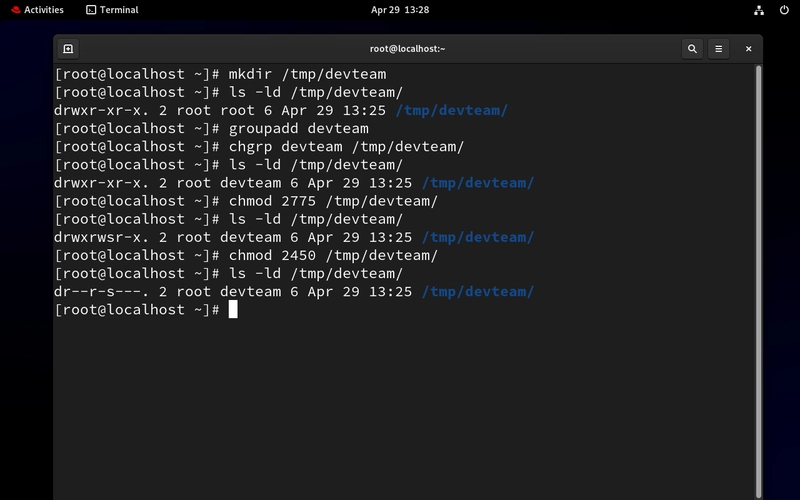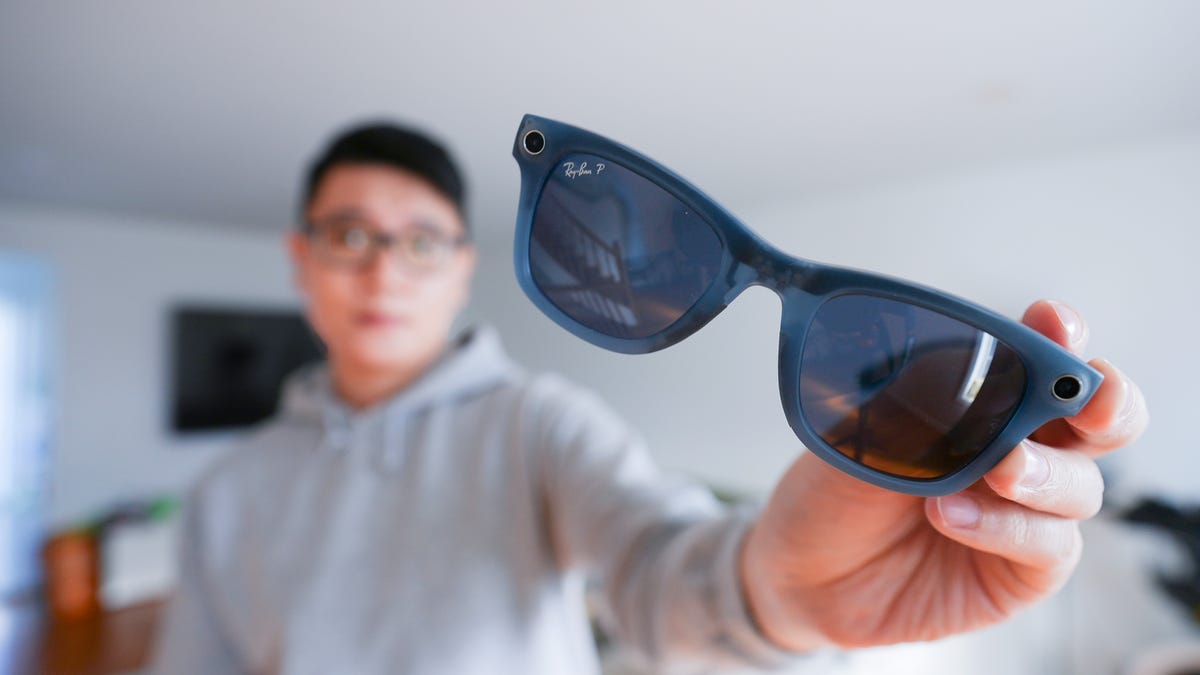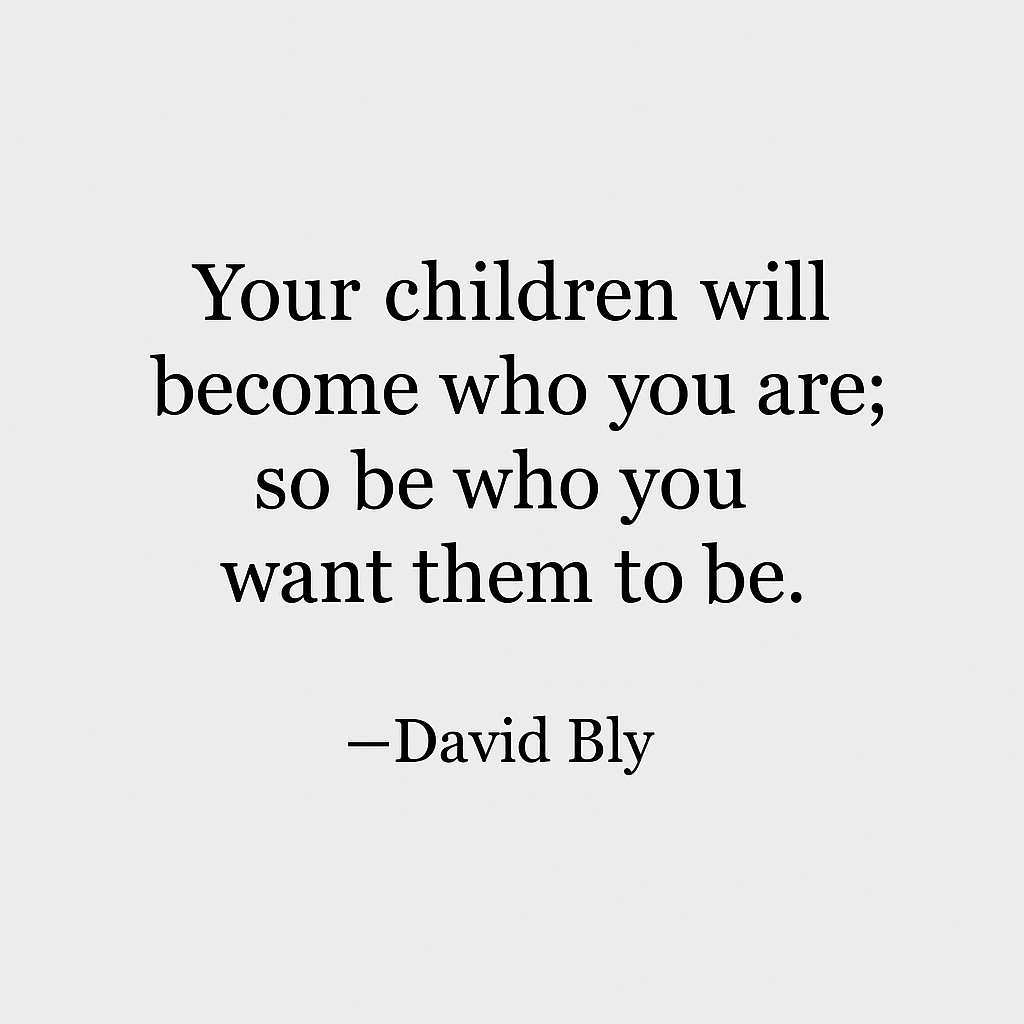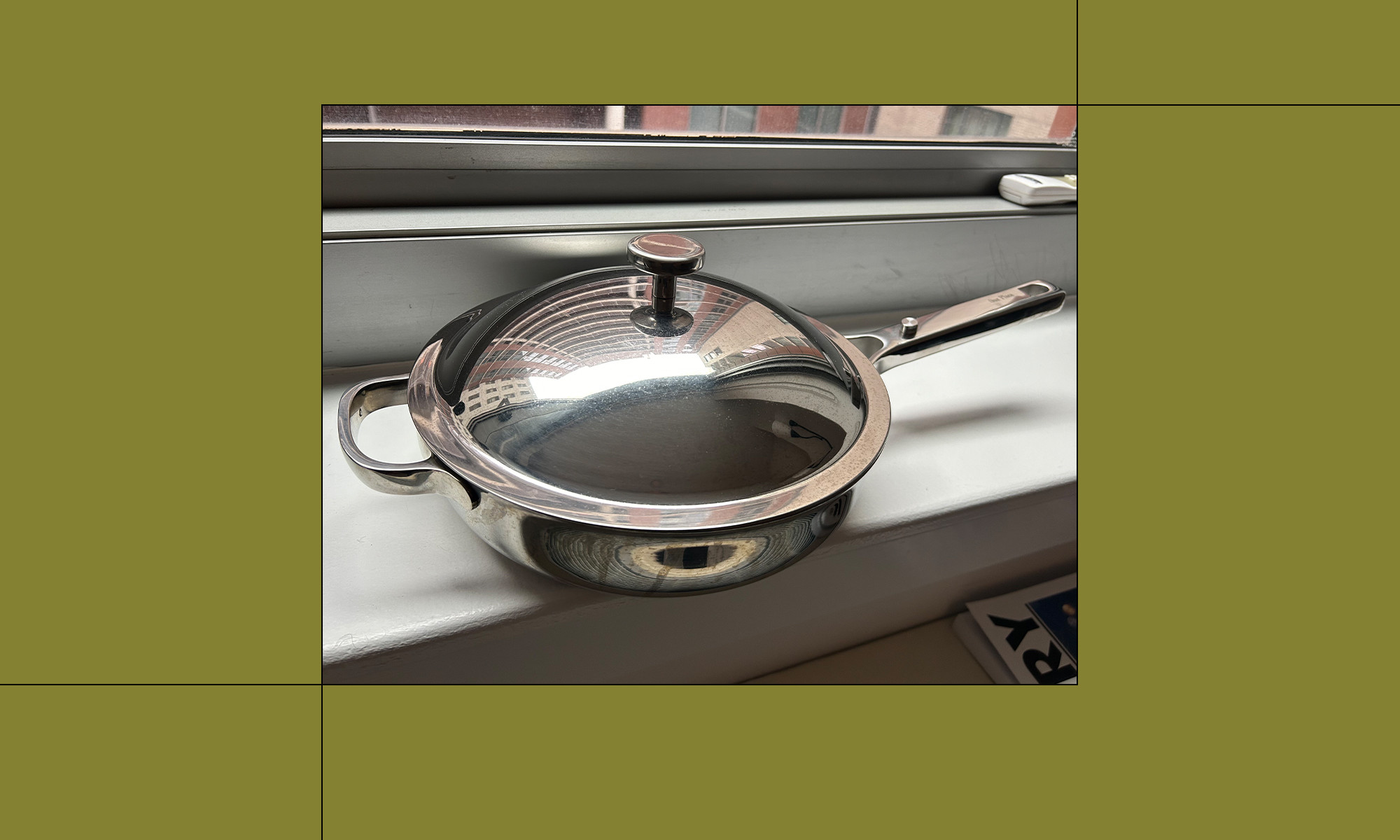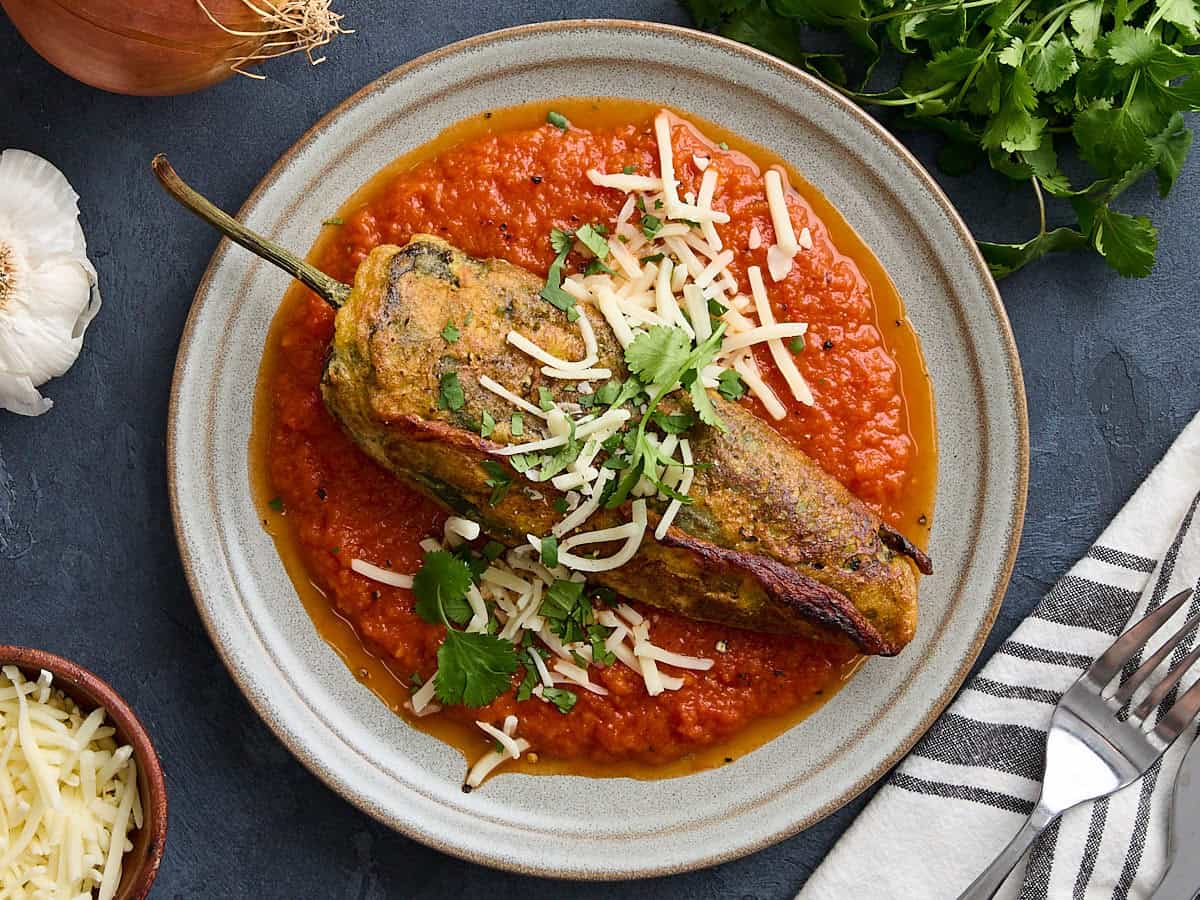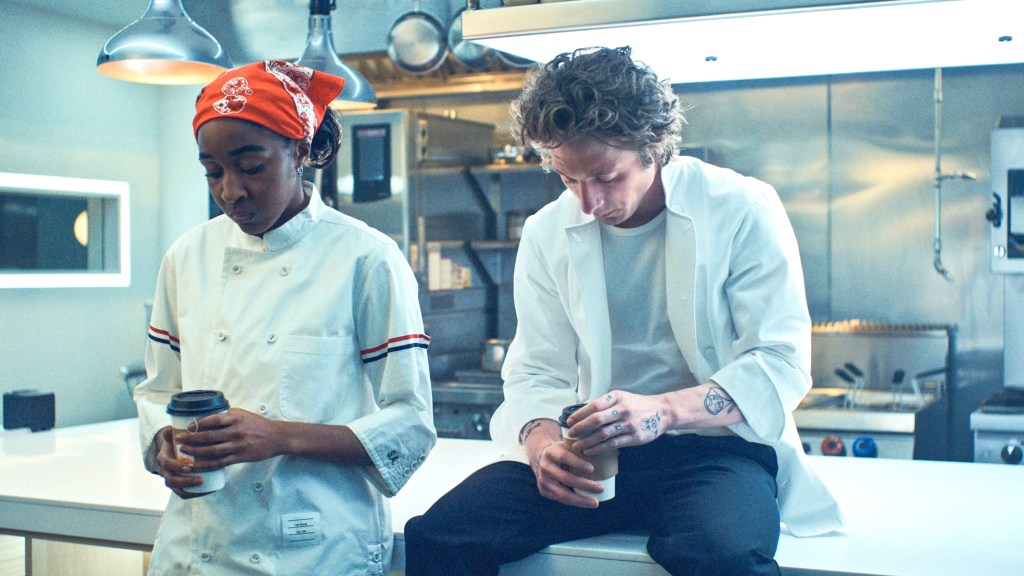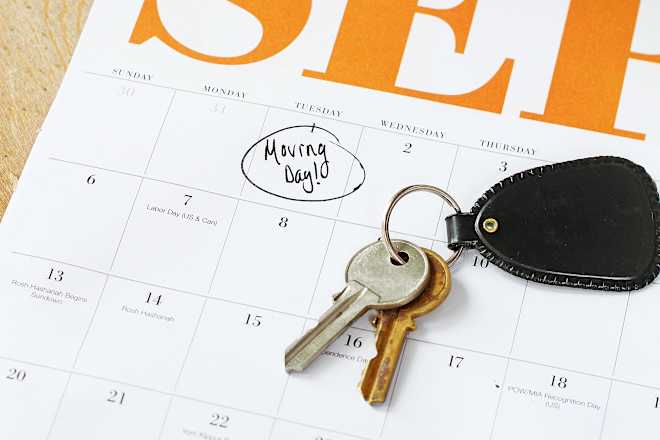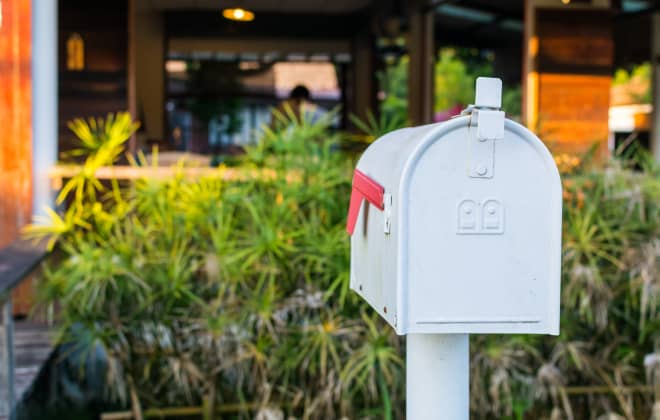Chinese Australians, Previously Scorned, Are Now Courted as Nation Nears Tight Election
The brazen courting of Chinese Australians ahead of Sunday’s vote is a welcome departure from the nation’s last federal election in 2022, when anti-Chinese sentiment had reached a peak.


It was deep into World War II when Mark Wang’s father, who worked for China’s military intelligence, left Shanghai to meet with U.S. General Douglas MacArthur in Melbourne, Australia. Since China had no functioning consulate in the city, they chose to talk in the home of a prominent local businessman, whose family had first emigrated from China in the mid-1830s. In between discussions on how best to expel the Axis Powers from China, the pretty daughter of his host caught the older Wang’s eye. [time-brightcove not-tgx=”true”]
“It was love at first sight,” says Mark Wang, the CEO of the Museum of Chinese Australian History in Melbourne, of his parents’ first meeting. “And that’s why I’m here!”
It’s a sweet anecdote that also illustrates how the fates of Australia, China, and indeed the U.S. have long been intertwined. While Australia has been inhabited by Aboriginal peoples for at least 65,000 years, the first European settlers arrived in 1788, with the first Chinese following just 30 years later. It was not always a harmonious melding with periodic race riots culminating in the 1901 White Australia Policy, which effectively halted legal migration from Asia to the self-styled “Lucky Country.” After that policy was repealed in 1975, Chinese immigration ebbed and flowed corresponding to the various crises that blighted the continent, from the Vietnam War, Tiananmen Square massacre, and recent crackdown on freedoms in Hong Kong. Today, persons of Chinese heritage comprise some 5.5% of Australia’s 26 million people.
“The Chinese-Australian community are major contributors to our cultural life, economy, business, to every aspect,” Australian Prime Minister Anthony Albanese told TIME in a February interview. “Chinese Australians have been a large part of our multicultural community for 200 years.”
And they may prove pivotal to Australia’s future as federal elections approach on Saturday. Polls have Albanese’s center-left Labor Party neck-and-neck with the opposition right-leaning Liberal-National Coalition, with observers believing a hung parliament—whereby no party reaches the 76 seats required to form government—remains a likely outcome.
The tight race has led to a surge in political advertising and campaigning on popular prominently Chinese-language apps such as WeChat and Red Note targeting marginal, multicultural constituencies in recent weeks. Since January, the RECapture Project has found more than 220 authorized Liberal ads on WeChat and about 35 for Labor. Even non-ethnic Chinese candidates have embraced the platforms, sharing videos of themselves eating Sichuan hotpot and drinking bubble tea.
Fan Yang, a University of Melbourne research fellow who leads RECapture, says that campaign posts are often sophisticated and appear tailored with the help of outside agencies. “Red Note is known for lifestyle and e-commerce, which means political content is less prioritized by the platform algorithm,” she says. “One way that politicians navigate the algorithm is to approach third party influencers to increase their online visibility.”
The fact that some neighborhoods with the highest proportion of ethnically Chinese voters are also the closest fought is galvanizing this strategy. The Labor-held ultra-marginal Sydney seat of Bennelong has around 30% residents of Chinese heritage and is now notionally Liberal due to a redrawn boundary. According to RECapture, Liberal candidate Scott Yung has appeared in more than 100 authorized ads since January. Meanwhile, Sydney’s Bradfield constituency has the fifth largest population of ethnically Chinese voters nationwide and has been inundated with WeChat ads for both main parties’ candidates as well as independents. Attack ads targeting both party leaders have also proliferated as the election draws near.
Still, the brazen courting of Chinese Australians—both Albanese and Coalition leader Peter Dutton have been recently filmed enjoying Chinese meals on the campaign trail—is a welcome departure from Australia’s last federal election in 2022, when anti-Chinese sentiment had reached an unfortunate peak amid a severe chill in Sino-Australian relations as well as COVID-related racism. According to a 2021 report by the Lowy Institute, almost one in five Chinese Australians reported being physically threatened or attacked in the previous year.
The pandemic marked a crescendo, but anti-Chinese bigotry had been building since around 2016, when then Australian Prime Minister Malcom Turnbull ordered an investigation into alleged Chinese Communist Party (CCP) interference, leading to an Espionage and Foreign Interference Bill the following year. A slew of high-ranking local and national politicians were subsequently accused of being in the pay of the Chinese government. The election of U.S. President Donald Trump on a Sinophobic ticket and his subsequent railings against the “China virus” and “kung flu” also helped normalize anti-Asian sentiment, say local community members.
In October 2020, Liberal senator Eric Abetz sparked outrage when he asked three Chinese Australians called before the chamber to discuss non-White parliamentary under-representation “whether they are willing to unconditionally condemn the Chinese Communist Party dictatorship” in what one of the participants subsequently denounced as a “McCarthyist” loyalty test.
Of course, anti-Chinese sentiment goes back to Australia’s Gold Rush period. In 1855, the state of Victoria imposed a £10 levy on every Chinese immigrant arriving in the colony. To circumvent this “poll tax,” many Chinese immigrants landed in South Australia and then walked the over 350 miles to Melbourne, which on the back of the mining boom was soon to become the richest city in the world.
In 2017, Jimmy Li, president of the Chinese Community Council of Australia Victoria Chapter (CCCAV), helped organize a walk to retrace this epic journey to raise awareness of the historical injustice. “One of the proudest aspects of Australia is our multiculturalism,” he says. “People live peacefully together, maintain their cultures, but also we connect, interact, and work together.”
It’s a view that has broad public support, with a 2023 survey finding that nearly 90% of respondents believed that “multiculturalism has been good for Australia.” Indeed, an internal review by the Liberal Party following their 2022 election defeat found that many Chinese Australians—which had traditionally backed the party—had shifted their support due to geopolitical tensions and the COVID backlash.
Under the Albanese government, bilateral relations have warmed significantly, and Dutton has also toned down his hawkish rhetoric, saying last year that he was “pro-China and the relationship we have with them.” Still, the pall of Chinese interference continues to dog this election. In recent weeks, both Yung, the Liberal Bennelong candidate, and independent lawmaker Monique Ryan have had to fend off allegations of CCP backing.
The question remains how to get more Chinese Australians actually into political life rather than simply being courted by the nation’s establishment. While Chinese Australians are active in philanthropy and local politics, the cohort remains underrepresented at the federal level. “It’s a work in progress,” says Yan Ma, a CCCAV committee member. “Politicians from every part of every spectrum who care about multicultural communities are actively recruiting Chinese speaking or Chinese background staff members. So that’s a good sign.”









